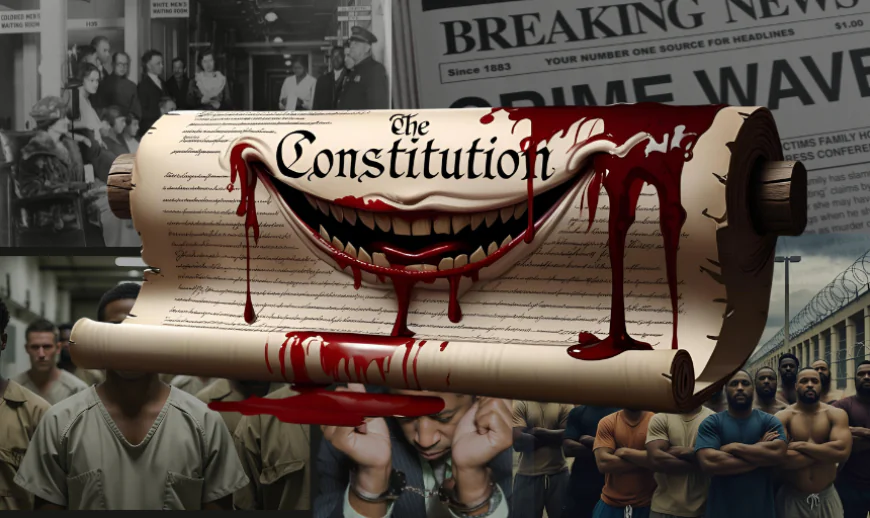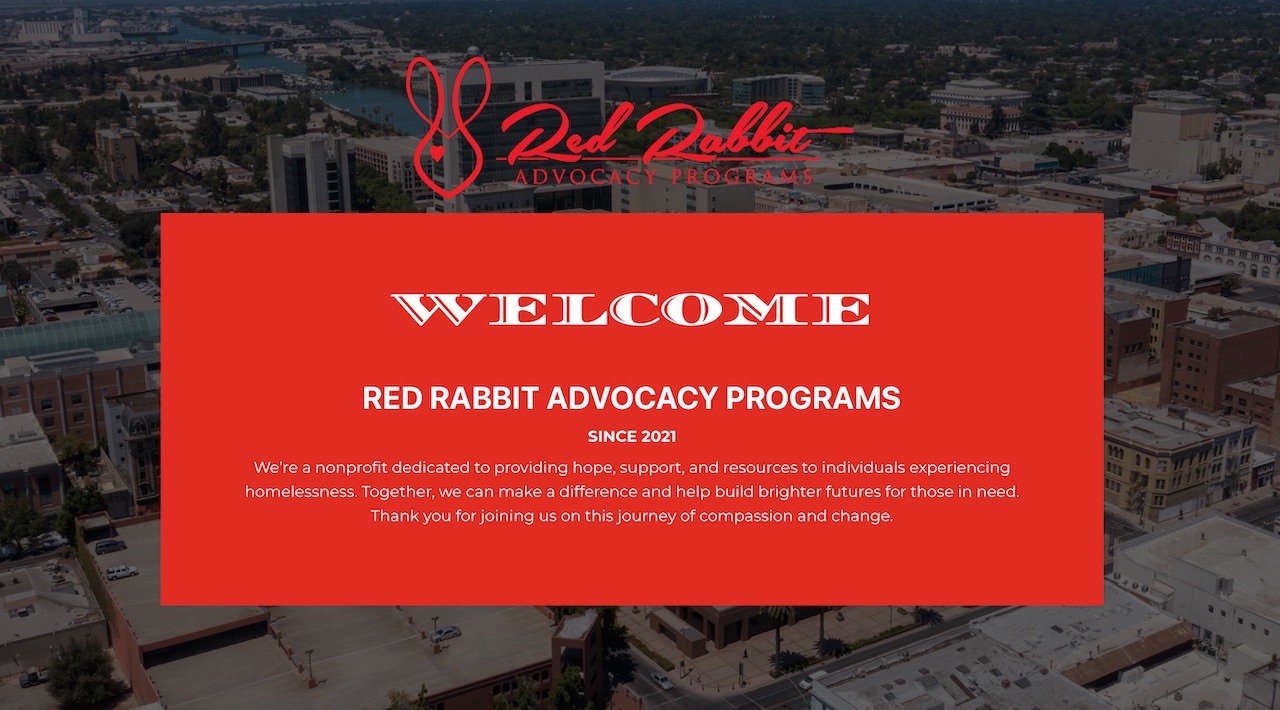Modern Slavery: How America Kept Black Labor Exploited
The end of slavery in 1865 was only on paper; convict leasing, racist laws, and mass incarceration kept exploitation alive. Learn how America never truly let go of forced Black labor

The 13th Amendment’s Dirty Secret: How Slavery Shape-Shifted Into Mass Incarceration
Trip on this—it’s a hot spring day in Alabama, 1908. A young Black dude named Green Cottonham is just walking home, minding his business, when a sheriff’s deputy pops up outta nowhere. Next thing you know, he’s arrested for “vagrancy,” which is basically a made-up crime that boils down to “being Black and unemployed.” No joke. Within days, they throw him into a coal mine to do hard labor for a big company called U.S. Steel. He never sees his family again.
History Books: Slavery Was Abolished In 1865.
Now, you’ve probably heard slavery ended in 1865, right? Well, turns out, that was just the official story. In reality, the South was big mad about losing free labor and started pulling shady moves to keep the system going. First, they tricked freed slaves into signing contracts that were basically slavery with extra steps. Then, they passed laws called Black Codes, which were designed to criminalize just existing while Black. That way, they could arrest people for petty stuff like walking near train tracks or carrying a razor. No real crimes—just excuses to make a criminal out of any Black folks they wanted..
Once arrested, you were thrown into a system called “convict leasing,” where businesses rented prisoners for dirt-cheap labor. And let me tell you, this was worse than slavery, because many slaves were kept healthy and strong by their owners for obvious reasons, but with convict leasing, if someone died on the job, they just replaced them with another prisoner. In Alabama’s coal mines, the death rate was 30%—imagine every 10 workers, 3 were gone in a year. And nobody cared.
Things got crazier when this idea spread beyond the South. By the early 1900s, 800,000 Black Americans were stuck in this nightmare, working like slaves but under “legal” terms. And the worst part? In an attempt to justify their agenda, proponents spread falsehoods about freed slaves, claiming they were inherently criminals. Even individuals in the North began to accept this racist narrative, since they were always getting arrested, leading to a lack of questioning. Hollywood contributed to this distortion through films like Birth of a Nation, which portrayed the KKK as heroes and depicted Black people as violent threats. Before, slaves were often described as respectful, loyal, hard-working, and kind. Now, they were being made out to be angry, vengeful, lazy, rebellious, and criminal on a war path. This is how America began to believe and adopt these bogus stereotypes
The End of Slavery
What's Your Reaction?
 Like
-1
Like
-1
 Dislike
0
Dislike
0
 Love
0
Love
0
 Funny
0
Funny
0
 Angry
1
Angry
1
 Sad
0
Sad
0
 Wow
1
Wow
1


































